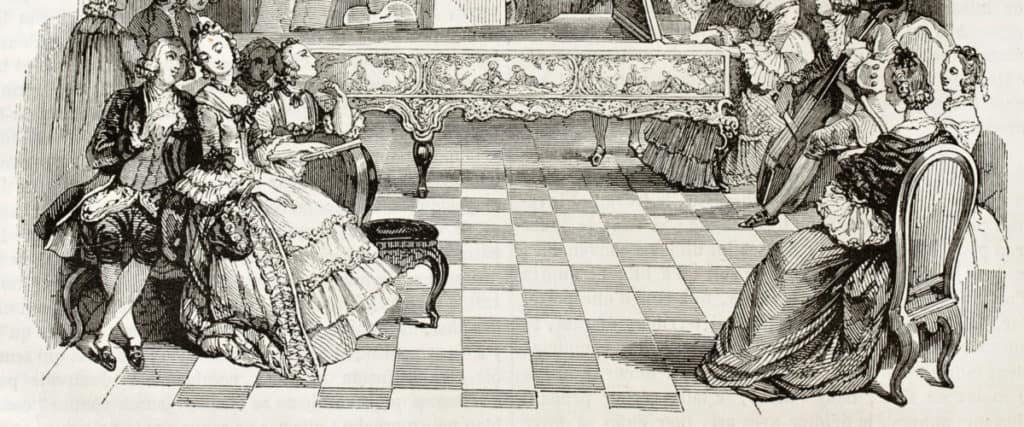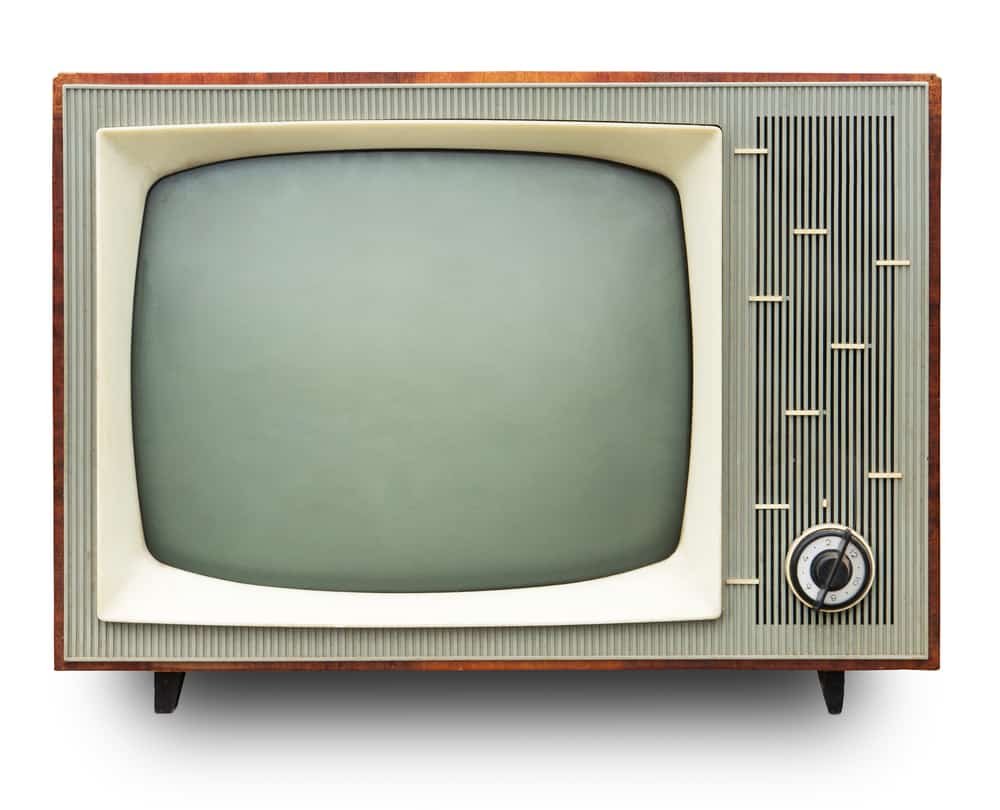Last Updated on January 7, 2024 by Gamesver Team and JC Franco

“Ooh, did somebody say Charades?” That is something I can be heard saying at absolutely every social and family gathering. For me, Charades is life! It is the heart of my entertainment, and I have derived many hours of fun out of it in my lifetime. While I love playing Charades, I recently realized that I do not know too much about it. It does not seem right that I do not know anything about the game I spend so much time playing, so I got right to work investigating its history and background.
The history of Charades:
- Charades started out as a literary riddle game in France in the 18th Century.
- During the 18th Century, Charades’ riddles were written in magazines, books, and folding fans.
- Acted Charades only started in the 19th Century.
- In the early 1800s, Jane Austen takes a liking to Charades and even writes it into her books.
- Vanity Fair and Jane Eyre both make mention of Charades, increasing its popularity.
- By WWI, acted Charades was so popular that it was known as the only form of Charades.
- In 1979, Charades appeared on television as a British game show called Give Us a Clue.
How many of these historical highlights did you know about Charades before reading this? Probably very few! Don’t worry – I was in quite the same boat.
As you can see, Charades is a game that grew in popularity steadily. When it first surfaced, it was considered an excellent parlor game played by those seeking to while away the evening hours in opulent homes. Of course, as it grew in popularity, it became the type of game that is played and loved by everyone – even me, all these years later. If you would like to have a bit more insight into the game of Charades, read on.
7 Highlights in the History of the Game Charades
I noticed that there are 7 main highlights that stand out to me in the history of the game Charades. It is these highlights that truly tell the story of Charades and how it came to be a family and party time favorite.

The historical highlights of Charades are as follows:
1. Charades started out as a literary riddle game in France in the 18th Century.
If you were in France in the 18th Century, you would have found people playing Charades in a completely different format than it is played today. You might have been quite baffled by the fact that people used words and almost put on a scene of a play in order to present their “charade”.
At the time, a “charade” was a form of literary riddle that was meant to be solved. Each syllable of the answer was described as a separate word, before the word was described as a whole, including all syllables.
The English adopted the word “charade” from the French, only in the second half of the 18th Century when the riddle game started growing in popularity. Of course, modern Charades involves no literary riddles and it’s certainly not only played in France, but rather across the globe.
2. During the 18th Century, Charades’ riddles were written in magazines, books, and on fans.
The way Charades was played in the 18th Century would seem extremely confusing nowadays. When a Charade riddle was presented, a single person would act out each of the word or phrase’s syllables in the correct order, followed by the entire version of the phrase/word. The group watching and listening would then guess what the Charade was/is. Speech was allowed during this form of Charades.
Charades riddles were often found featured in magazines or in books. The riddles were also found printed on fans (folding fans) of the Regency. The answer to the Charade riddle was then written on the reverse side of the fan.

3. Acted Charades only started in the 19th Century.
The riddle version of Charades was a popular parlor game for quite some time, until the dawn of the 19th Century when the game took a turn. What was once a riddle game where speaking was allowed, became a mime game where only non-verbal communication and gestures were allowed.
Nowadays, ever since the start of the 19th Century, players mime a hint at the Charade word/phrase without speaking or making any verbal sounds. Conventional gestures are also used. There are several basic gestures that are commonly accepted and used when playing modern acted Charades.
Modern Charades that involves no talking and only non-verbal communication was known then (and is still today) as “Dumb Charades”. Not many people know this particular fact.
4. In the early 1800s, Jane Austen takes a liking to Charades and even writes it into her books.
The popularity of Charades didn’t spontaneously spark. In fact, there were several “well-known” figures throughout history that took a liking to the game and helped spur on its popularity.
A popular name back in the 1800s who created some interest in Charades was Jane Austen. Jane Austen is said to have had a liking for board games and parlor games, especially Charades. In a letter she wrote in 1816, she even references Charades as part of a pleasant occasion. She is quoted saying:
Jane Austen
Her love for Charades also came through in her writings. The game is, in fact, quite a dominant feature in her book titled Emma. Many believe that Jane Austin played an important role in Charades becoming a firm favorite in many people’s lives.

5. Vanity Fair and Jane Eyre both make mention of Charades, increasing its popularity.
That said, also, both Vanity Fair and Jane Eyre had a hand in spurring on the popularity of the game.
Let’s first take a look at William Makepeace Thackeray, a British author who was responsible for the satirical publication called Vanity Fair in the 1800s. He made mention of Charades in his works. He wasn’t particularly complimentary about the game – or rather the people that tended to play the game at the time. In fact, he is quoted saying that Charades was enjoyed for:
William Makepeace Thackeray
Jane Eyre, which was written by Charlotte Brontë, also describes Charades in a version of the game that some liked to play at the time. This version involves teams acting out a word or phrase while others try to guess it. In Jane Eyre, the team pantomimes a marriage ceremony. This is said to have sparked the popularity of the game at the time as Jane Eyre was, in fact, quite popular too.
6. By the time World War One started, “acted Charades” was so popular that it was known as the only form of Charades.
During World War One, Charades was played by the affluent communities. War times throughout history have seen various parlor games emerge as the people look for ways to distract from the horror and difficulties happening around them. As the war waged on during WWI, people used parlor games to keep the mood light, and as it turns out, Charades was a popular choice.
Also, you might find it interesting that the Queen of England has a set family Christmas tradition that includes an “obligatory” game of family Charades for all family members (since 1952).
7. In 1979, Charades appeared on television as a British game show called Give Us a Clue.

It was probably unthinkable that a parlor game would become a vastly popular television program in the 70s, but that’s exactly what happened. The British program called Give Us a Clue was one of the first game shows to present Charades on television, and it had a surprisingly large and loyal viewership. It was broadcast on ITV between 1979 and 1992 and remained highly popular throughout this time. Michael Aspel was the host of the show from 1979 to 1983, while Michael Parkinson was the host from 1983 to 1991.
Since then and even during that time, Charades featured in various other game shows and television programs in America, Canada, and Australia, including:
- Movietown, Pantomime Quiz, and Stump the Stars in America.
- Party Game and Acting Crazy in Canada.
- Celebrity Game in Australia.
Last Word
The history of Charades is one that I have found rather interesting. In fact, its history was quite different from what I would have guessed at if asked about it (before my research). If Charades is a game that has caught your eye and attention, perhaps it’s time to give it a try yourself. Now that you know all there is to know about its background, it seems only fitting, doesn’t it?

